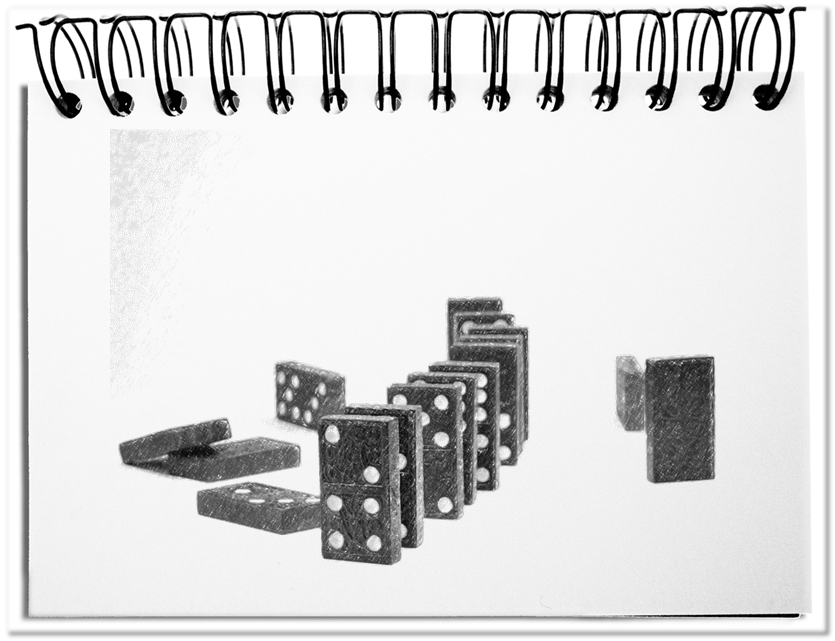Surprise, surprise. As soon as you offend against the law, you make yourself liable to persecution. This is valid for cartels, bribery, embezzlement and all activities otherwise prohibited by law. Additionally companies afford more and more job positions to take care about the formalization of procedures and the appropriate good behavior. The more global an enterprise acts, the more complex become the rules. How can you prevent a life-threatening thrombosis in the procedures of the enterprise?
An organizational thrombosis is a sickness of business processes. In this case internal regulations pollute the free flow of data, information, deliverables and decisions. If the execution of a process is stopped, then a backlog is build that impedes the actual task that produces products or deliverables. In the worst case it will lead through bad results to an economic infarct. In medical science it is helpful to use medicine that prevents clotting as well as compression bandages, which prevent a growing of the thrombus. What are opportunities that you have in business?
- Make laws obeyable
Laws are developed in the interplay of the entire juridical system. It is not possible to recognize all influences from other laws in the respective law. For this reason enterprises should make the interpretation of laws easy for the employees. This enables people to act on the one hand compliant to laws and to do it with little expenditure. - Simplify decision paths
The personal responsibility of leaders that results from the regulations of banks and the stock exchanges led to set frameworks on different decision levels, e.g. budget borders and scope restrictions. It is better to drive as few decisions as possible through the escalation ladder. The subsidiarity principle offers an appropriate approach. Decisions are made on the level of execution. Only, if the respective level is not able to decide by itself, the above level has to be called. - Focused use of digital media
The simple usability of the Internet and email makes it easier for the employees to secure their decisions in all possible directions. Colleagues, who would not be involved in the actual decision, are also forced by respective insinuations to grapple with the resolution (example: „… as far as I understood, I assume that … “). An appropriate E-mail-Governance, which for example forbids decision making via CC as well as extensive CC-address lists or a „zero email tolerance “on weekends, purges the flood of messages. - Deregulate
The number of guidelines grew over the years, without eliminating outdated rules. Most enterprises also do not have a central listing of the internal, external and international regulations. They even do not know the number of regulations. A belated listing does not help. It is a good start, if the majority of regulatory departments are reduced. Thus the rampant growth of new stipulations stops immediately. All internal rules that do not serve the compliance of laws and agreements should be replaced by basic rules, which fix the individual responsibility and self-organization. Afterwards, the remaining guidelines are valid any longer. Now the bureaucracy restarts on a low level.
Bottom line: The right moment to act against a thrombosis is always NOW. Laws become easier and obeyable with less expenditure with the help of practical commentaries. Eventually, it is crucial to streamline the bureaucracy and to resist the natural impulse of intending to regulate the regulatory madness with further regulations ;-).


